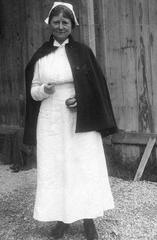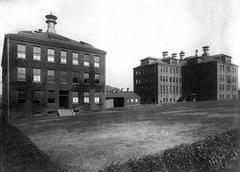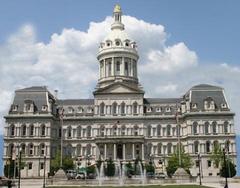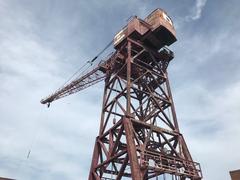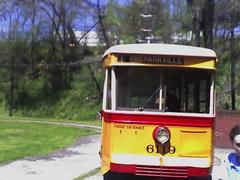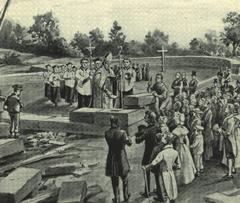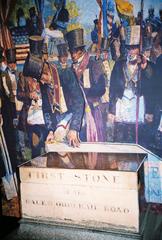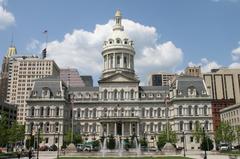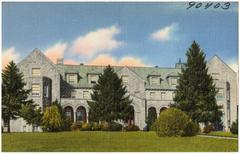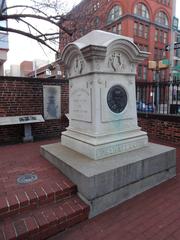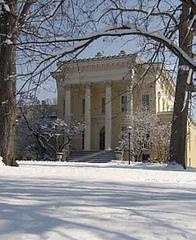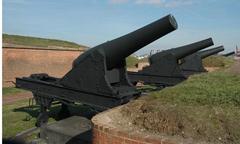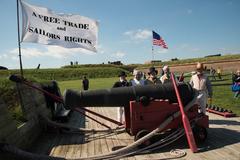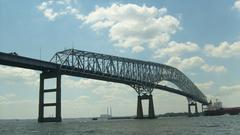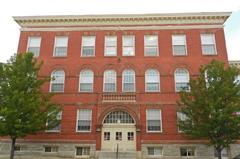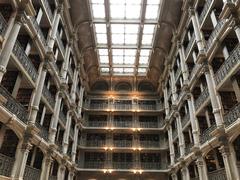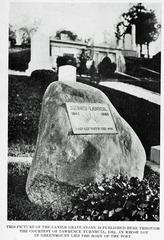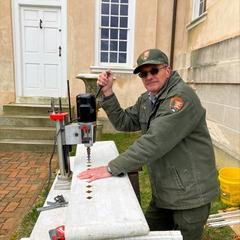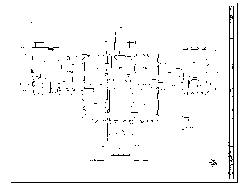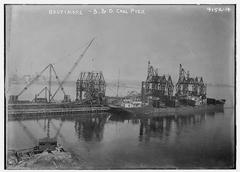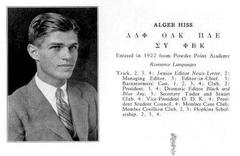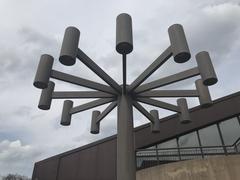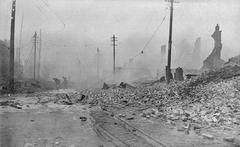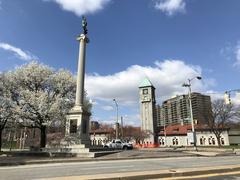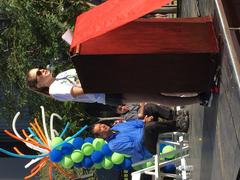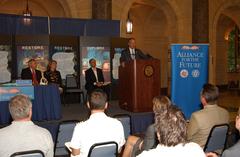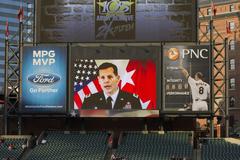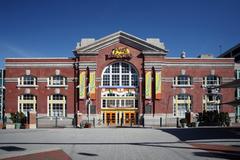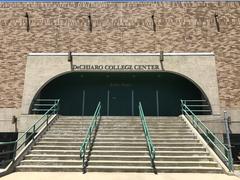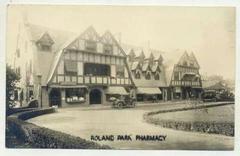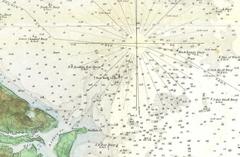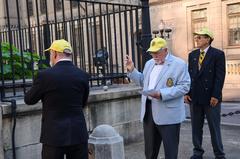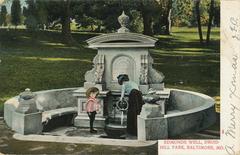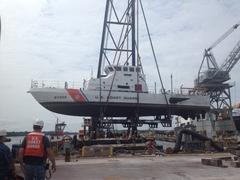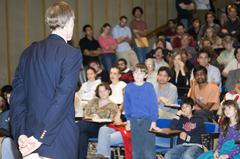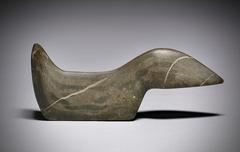
Johns Hopkins School of Medicine Visiting Hours, Tickets, and Baltimore Historical Sites Guide
Date: 14/06/2025
Introduction
Visiting the Johns Hopkins School of Medicine in Baltimore, Maryland, is a unique opportunity to explore a world-renowned institution at the forefront of medical innovation, education, and social progress. Since its founding in 1893, the school has pioneered new approaches in medical training, championed diversity and inclusion, and made transformative discoveries that have shaped modern medicine. Today, the East Baltimore Medical Campus welcomes visitors to explore its rich heritage and ongoing advancements through accessible exhibits, guided tours, and interactive experiences. Located in the heart of Baltimore, the campus also serves as a gateway to the city’s vibrant historical and cultural attractions (Hopkins 125 Years; Johns Hopkins Medical Campus Guide).
This guide provides comprehensive details on visiting hours, ticketing, tours, accessibility, and travel tips for making the most of your visit to the Johns Hopkins School of Medicine and its surrounding sites. Whether you are a prospective student, medical professional, historian, or traveler, you’ll find the resources you need to plan a rewarding and educational experience.
Table of Contents
- Introduction
- Founding and Early History
- Pioneering Achievements in Medical Education
- Landmark Scientific and Medical Discoveries
- Social Impact and Commitment to Inclusion
- Celebrating Legacy and Tradition
- Visitor Information
- Visuals and Multimedia
- Frequently Asked Questions (FAQ)
- Johns Hopkins Monument
- Johns Hopkins Medical Campus
- Visiting the Washington Monument (Comparative Context)
- Summary of Key Information
- References and Official Resources
Founding and Early History
The Johns Hopkins School of Medicine was established in 1893 through the philanthropy of Johns Hopkins, whose vision was to transform medical education by combining scientific research with hands-on clinical training. Pioneering from the outset, the school admitted women on equal terms due to the efforts of Mary Elizabeth Garrett and her peers. The “Big Four” founding faculty—William Welch, William Osler, William Stewart Halsted, and Howard Kelly—set a new standard by integrating laboratory science with direct patient care, a model that influenced medical schools worldwide (Hopkins 125 Years).
Pioneering Achievements in Medical Education
Johns Hopkins revolutionized medical education by making laboratory research and bedside clinical experience central to its curriculum. Today, the school’s “Genes to Society” curriculum integrates genetics, molecular biology, and patient-centered care, ensuring that future physicians are equipped for the challenges of modern medicine.
Landmark Scientific and Medical Discoveries
The school’s legacy includes groundbreaking discoveries and innovations:
- Medical Genetics: Pioneering personalized medicine.
- Cancer Treatment: Advances in targeted therapies and immunotherapy.
- Modern Pregnancy Test: Contributions to reproductive health diagnostics.
- Sickle Cell Anemia & Marfan Syndrome: Improved understanding and management.
- ALS Research: Significant insights into neurodegenerative diseases.
- Infection Prevention: Development of a global infection prevention checklist.
- Organ and Limb Transplantation: First five-way kidney and bilateral arm transplants.
- Zika Virus: Early identification of microcephaly links (Hopkins 125 Years).
Social Impact and Commitment to Inclusion
From the beginning, the Johns Hopkins School of Medicine has championed equal opportunity and community outreach. It was among the first to admit women and has long been involved in public health initiatives in Baltimore, such as programs for healthier babies and free student eye exams (Hopkins 125 Years).
Celebrating Legacy and Tradition
Annual events like Commemoration Day (February 22) honor Daniel Coit Gilman, the university’s founding president, celebrating the institution’s enduring values. Special sesquicentennial events in 2026 will feature symposiums, interactive exhibits, and historical artifacts such as William Stewart Halsted’s surgical kit and “magic mirror” augmented reality displays (Hopkins 149 Years).
Visitor Information
Visiting Hours and Tickets
- General Access: Monday–Friday, 9:00 AM to 5:00 PM.
- Admission: Free for campus and standard exhibits; advance registration or tickets required for guided tours and special events. Reserve via the official site.
Guided Tours
- Booking: Available online or through the visitor center.
- Content: Explore the school’s history, scientific breakthroughs, and current innovations.
Location and Accessibility
- Address: East Baltimore Medical Campus, easily reached via public transportation.
- Accessibility: ADA-compliant entrances, facilities, and services. Parking and shuttle details are provided on the campus website.
Nearby Attractions
- Johns Hopkins Hospital
- Inner Harbor
- Maryland Science Center These sites offer a broader perspective on Baltimore’s history and culture.
Current Exhibitions and Events
Check the events calendar for anniversary exhibitions, symposiums, and interactive displays, including historical artifacts and augmented reality experiences.
Visuals and Multimedia
- Virtual tours and photo galleries are available on the Johns Hopkins Medicine website.
- Images feature historical artifacts, campus landmarks, and recent innovations, with descriptive alt text for accessibility.
Frequently Asked Questions (FAQ)
Q: What are the visiting hours?
A: Monday–Friday, 9:00 AM–5:00 PM.
Q: Is admission free?
A: Yes, for general campus and exhibits. Some tours and events require tickets.
Q: Are guided tours available?
A: Yes, bookable online or at the visitor center.
Q: Is the campus accessible?
A: Fully ADA-compliant with accessible entrances, restrooms, and pathways.
Q: How do I get there?
A: Easily accessible by public transit, car, and campus shuttle.
Discovering the Johns Hopkins Monument
History and Significance
The Johns Hopkins Monument on the Homewood campus honors the university’s founder and legacy of public service and innovation.
Location and How to Visit
- Address: 3400 N. Charles Street, Baltimore, MD 21218
- Landmarks: Near Gilman Hall and the Milton S. Eisenhower Library.
Visiting Hours and Access
- Open: Year-round during daylight hours.
- Admission: Free, as it is on an open campus.
Guided Tours and Educational Programs
- Tours: Include the monument and campus highlights; book via the visitor center.
- Schedule: Monday–Friday, 10:00 AM–4:00 PM.
Special Events and Commemorations
Events like Founder’s Day and public lectures often take place at or near the monument.
Nearby Attractions and Amenities
- Homewood Museum
- Wyman Park Dell
- Charles Village
Dining and parking are readily available.
Travel Tips and Accessibility
- Transit: Served by public transportation; parking available.
- Accessibility: Wheelchair accessible.
- Tips: Wear comfortable shoes for campus walking.
Photography and Visitor Experience
Ideal photo opportunities, especially during spring. Share experiences with official hashtags.
FAQ
Q: Is there an admission fee?
A: No.
Q: Are guided tours available?
A: Yes, via the visitor center.
Q: When is the best time to visit?
A: Daylight hours, particularly spring or fall.
Q: Is the monument accessible?
A: Yes.
Plan Your Visit
For current hours, tours, and events, see the Johns Hopkins University Visitor Center and Baltimore Tourism Official Site.
Johns Hopkins Medical Campus: Visitor Guide
Located in East Baltimore, the Johns Hopkins Medical Campus is a leading destination for medical education, research, and clinical care. This section provides guidance on campus layout, visitor highlights, accessibility, and practical tips.
Campus Layout and Main Entrances
- Main Hospital Entrance: 1800 Orleans Street (JHH Visitors Guide Map)
- Other Entrances: Outpatient Center (601 N. Caroline St.), Weinberg Building (401 N. Broadway), Rubenstein Child Health Building (200 N. Wolfe St.)
- Navigation: Buildings labeled A–K; indoor corridors and skywalks connect major areas (Campus Map PDF).
Interactive campus map
Key Facilities and Visitor Highlights
- Educational/Research: Traylor, Ross, Miller, Smith Buildings, BME Design Studio, Microscope Facility, Carnegie 3D Printing (BME Facilities).
- Clinical Care: Johns Hopkins Hospital (6:00 AM–10:00 PM), Outpatient Center (8:00 AM–6:00 PM), Sidney Kimmel Comprehensive Cancer Center (8:00 AM–5:00 PM), Rubenstein Child Health Building.
- Amenities: Parking garages, retail/dining, gift shops, ATMs, chapel, ADA restrooms.
Specialized Research Facilities
- Tissue Culture Labs, WSE Manufacturing and Microfabrication Lab (Tissue Culture Facilities).
Visitor Experience: Tours, Events, and Accessibility
- Guided Tours: Monday–Friday and select Saturdays; book at least 15 business days in advance (Tours and Events).
- Virtual Tours: 360-degree narrated tours (Virtual Tour).
- Accessibility: ADA-compliant routes, elevators, parking; public transit and shuttle available; guest services for assistance (Accessibility Map).
- Safety: Security patrols, visitor badges, lost and found at information desks.
Notable Attractions and Nearby Sites
- Historic Dome Building, Courtyards, Baltimore Inner Harbor, Historic Neighborhoods
FAQ
Q: What are visiting hours?
A: Most public/clinical areas: 7:00 AM–7:00 PM. Check department-specific guidelines.
Q: How do I book a tour?
A: Online request at least 15 days in advance (Tours and Events).
Q: Are photos allowed?
A: Public spaces only; restrictions apply in clinical/research areas.
Q: Is the campus ADA accessible?
A: Yes.
Q: Where can I park?
A: Multiple garages; rates vary (Campus Map PDF).
Practical Tips for Visitors
- Review maps and parking ahead of time.
- Arrive early.
- Dress for the weather.
- Book events/tours in advance.
- Find hotel options on the university’s visitor page (Find Hotels Near Campus).
Contact Information
- General: 410-955-5000
- Patient Info: 410-502-4000
- Appointments: Adult: 410-955-5464 | Pediatric: 410-955-2000
- TTY: 410-955-6217
Visiting the Washington Monument (Comparative Context)
Introduction
The Washington Monument in Washington, D.C., is an iconic symbol of the nation and a top tourist destination, honoring President George Washington.
History and Cultural Significance
Completed in 1884 and standing 555 feet tall, the monument is the world’s tallest stone obelisk and a tribute to American leadership and history.
Visiting Hours and Tickets
- Open: Daily, 9:00 AM–5:00 PM (last entry 4:30 PM). Closed on major federal holidays.
- Tickets: Free, with a small service charge for online reservations. Same-day tickets available, but advance booking is recommended (National Park Service Washington Monument page).
Accessibility
- Fully ADA-compliant, with ramps, elevator, accessible restrooms, and assistive listening devices.
Directions and Transportation
- Address: 2 15th St NW, Washington, D.C.
- Transit: Closest Metro: Smithsonian and Federal Triangle stations. Limited parking; public transit recommended.
Nearby Attractions
- Lincoln Memorial, WWII Memorial, National Museum of American History, U.S. Capitol Building.
Special Events and Guided Tours
- Seasonal guided tours and special events, with schedules listed on the National Park Service site.
Visitor Tips
- Arrive early for tickets.
- Wear comfortable shoes.
- Bring water and sun protection.
- Photography is encouraged.
FAQ
Q: Is admission free?
A: Yes; small fee applies for online reservations.
Q: Is the monument wheelchair accessible?
A: Yes.
Q: Are pets allowed?
A: Only service animals.
Q: Duration of elevator ride?
A: About 70 seconds.
Q: Can I visit at night?
A: The monument is lit at night but is open only during the day.
Conclusion and Call to Action
The Washington Monument provides a unique historical and cultural experience. For current information and tickets, see the National Park Service Washington Monument page.
Summary of Key Information
The Johns Hopkins School of Medicine is a global leader in medical education, research, and social advancement, rooted in a tradition of innovation since 1893. Visitors can experience its legacy and ongoing contributions through free exhibits, guided tours, and interactive programs on the accessible East Baltimore campus (Hopkins 125 Years; Johns Hopkins Medical Campus Guide). The nearby Johns Hopkins Monument at Homewood adds historical depth to any visit (Johns Hopkins Monument Visitor Guide). Digital resources, virtual tours, and mobile apps such as Audiala further enhance the visitor experience. For up-to-date details, consult the official Johns Hopkins Medicine website and visitor portals.
References and Official Resources
- A Comprehensive Guide to the Johns Hopkins School of Medicine: History, Achievements, and Visitor Information
- Celebrating 149 Years of Hopkins
- Exploring the Johns Hopkins Monument: Visitor Guide and Historical Insights
- Johns Hopkins Medical Campus Visiting Guide: Layout, Facilities, Accessibility, and Visitor Information
- Tours and Events at Johns Hopkins University
